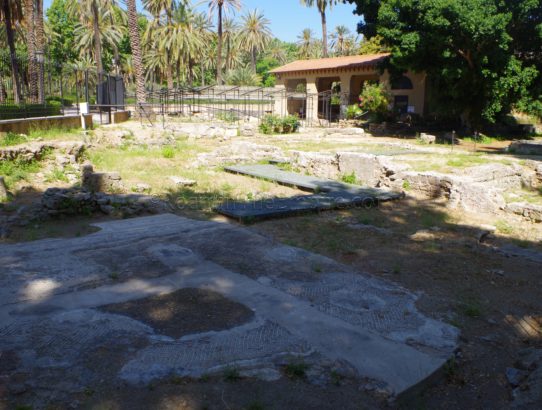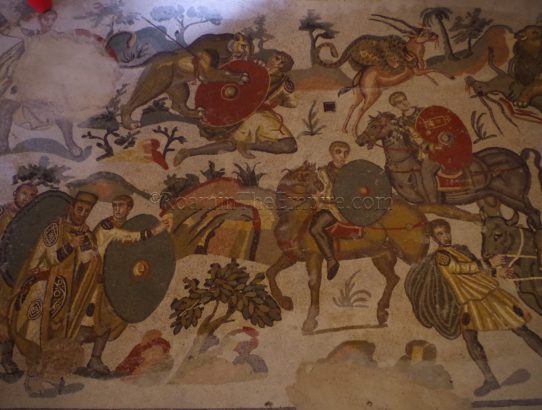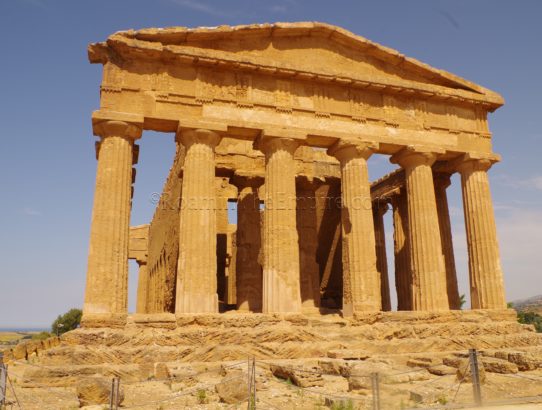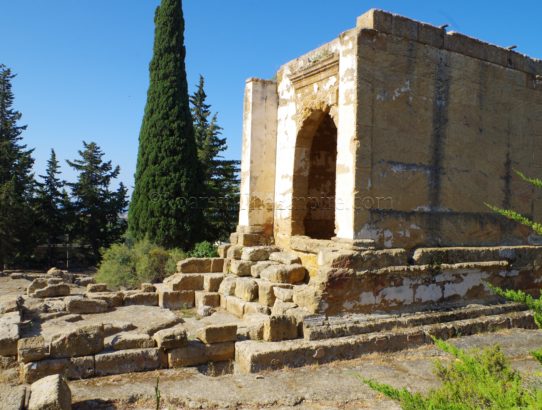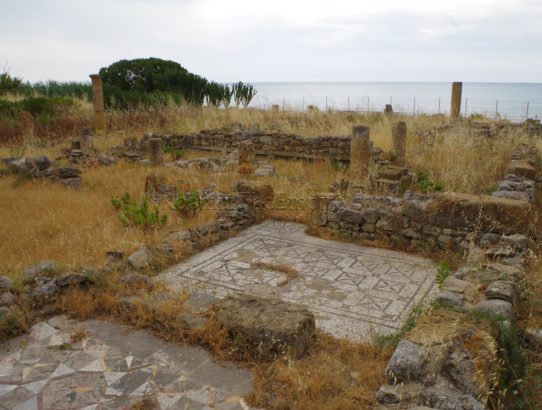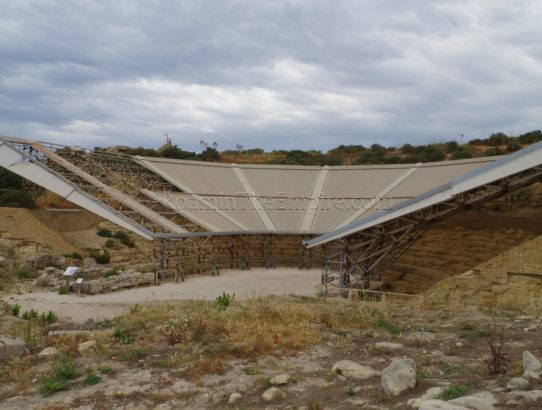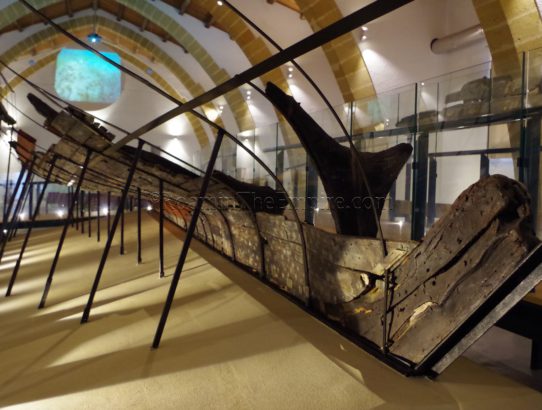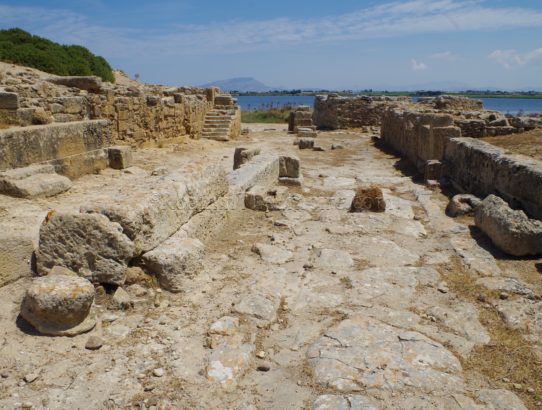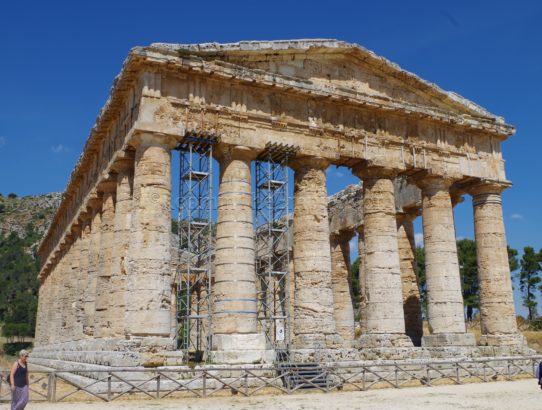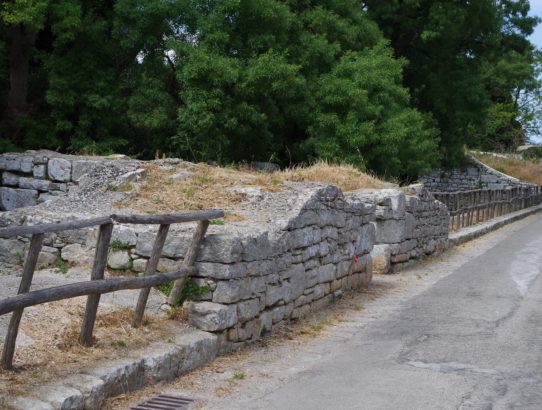Panormus, Sicilia – Part I
Most Recent Visit: June 2017. Now the bustling capital of the Sicily region, Palermo can trace its humble beginnings back to its founding as a Phoenician colony in 743 BCE by merchants from Tyre. Coinage suggests that the Phoenician name for the settlement was Machanath, a Phoenician word for a camp or a place of…
Read More


